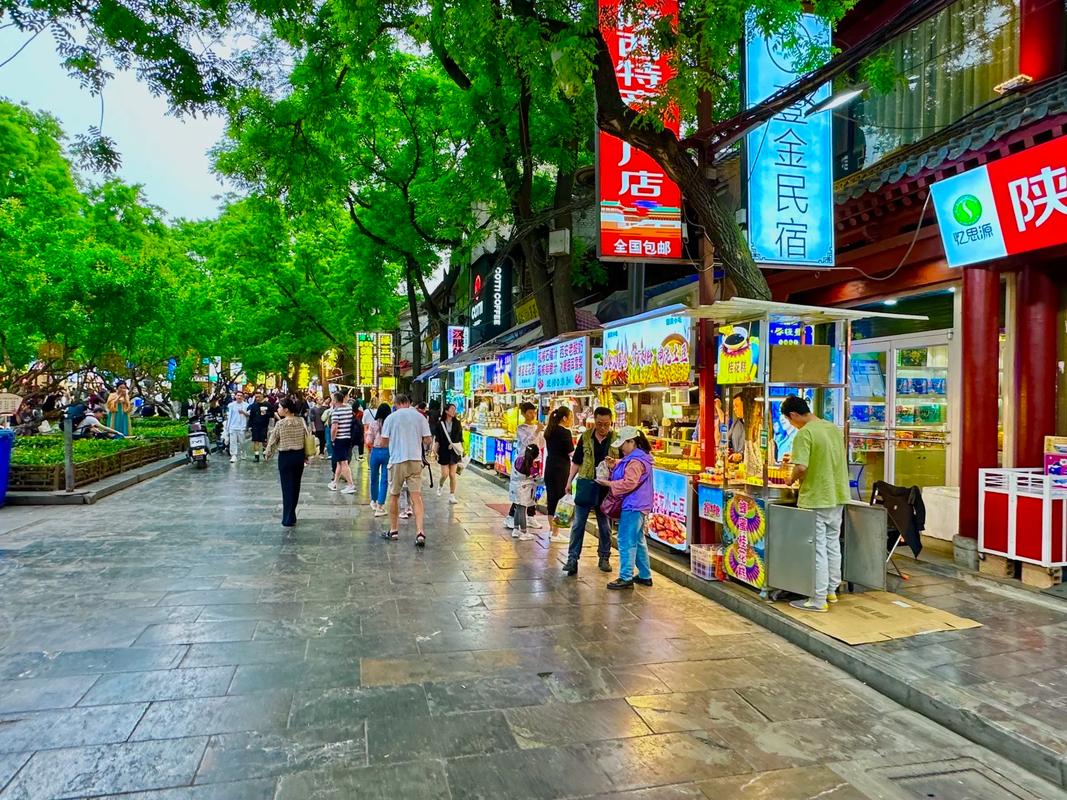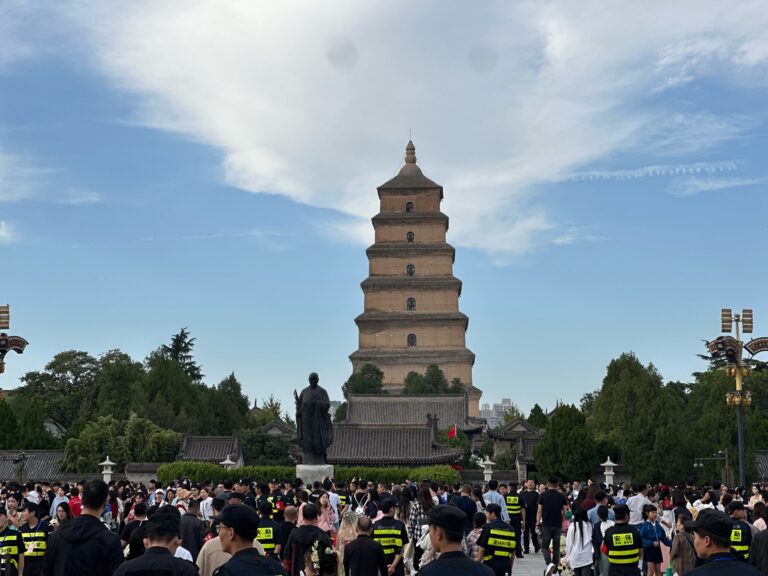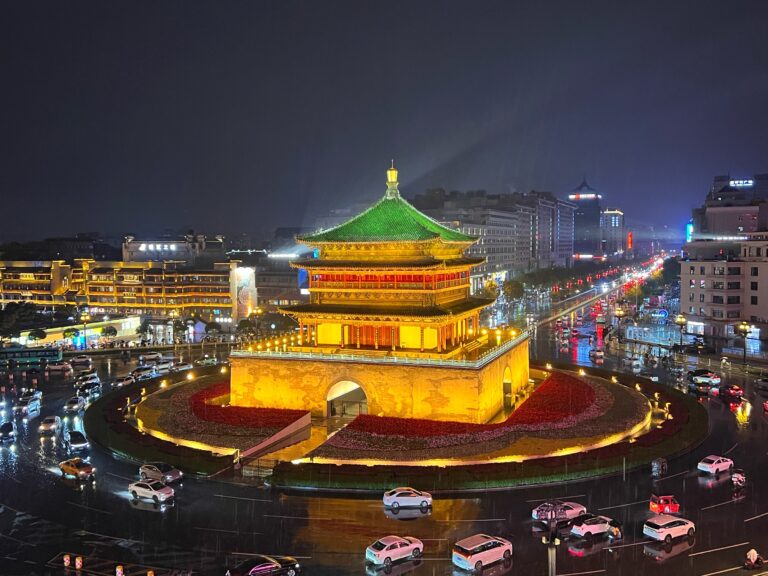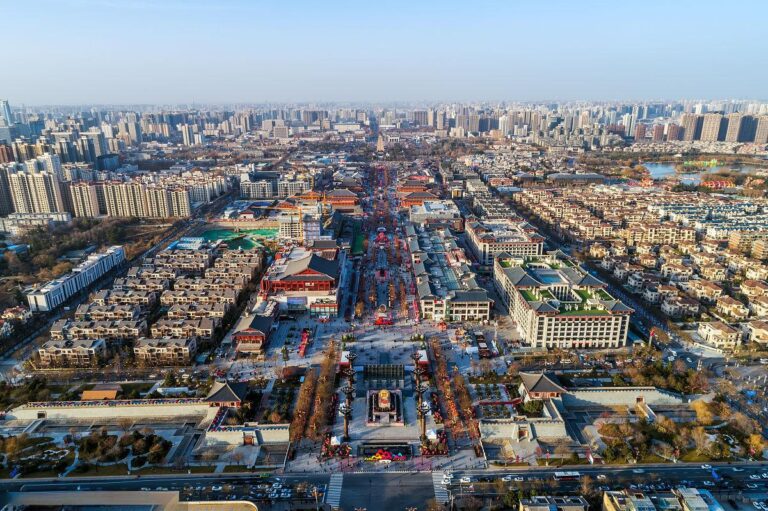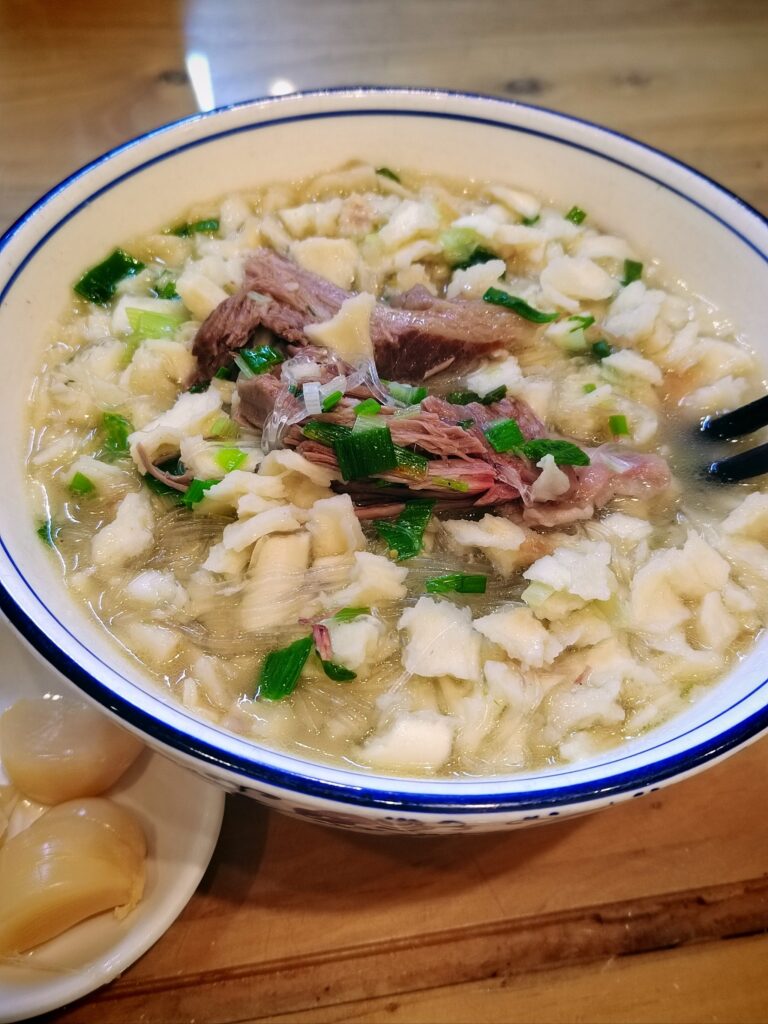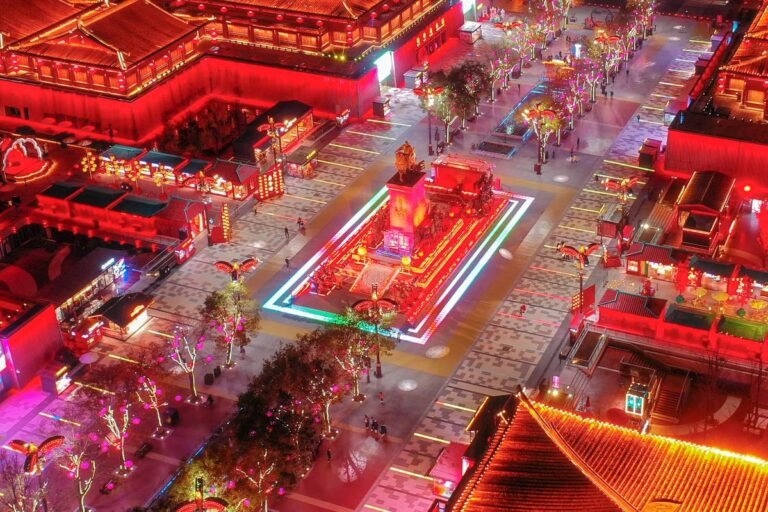Why are there Muslims in Xian?
Why Are There Muslims in Xi’an? A 1,300-Year Story on the Silk Road
Walking through Xi’an’s Muslim Quarter, you smell sizzling lamb skewers, see bakers in white caps tending clay ovens, and spot mosque domes glowing green at sunset. You might wonder: Why does this ancient Chinese city have such deep Muslim roots? The answer lies on the Silk Road—a bridge between civilizations for over 13 centuries.
Chapter 1: Xi’an’s Golden Age (7th Century A.D.)
When Xi’an (then called Chang’an) was the world’s largest city, it welcomed the world:
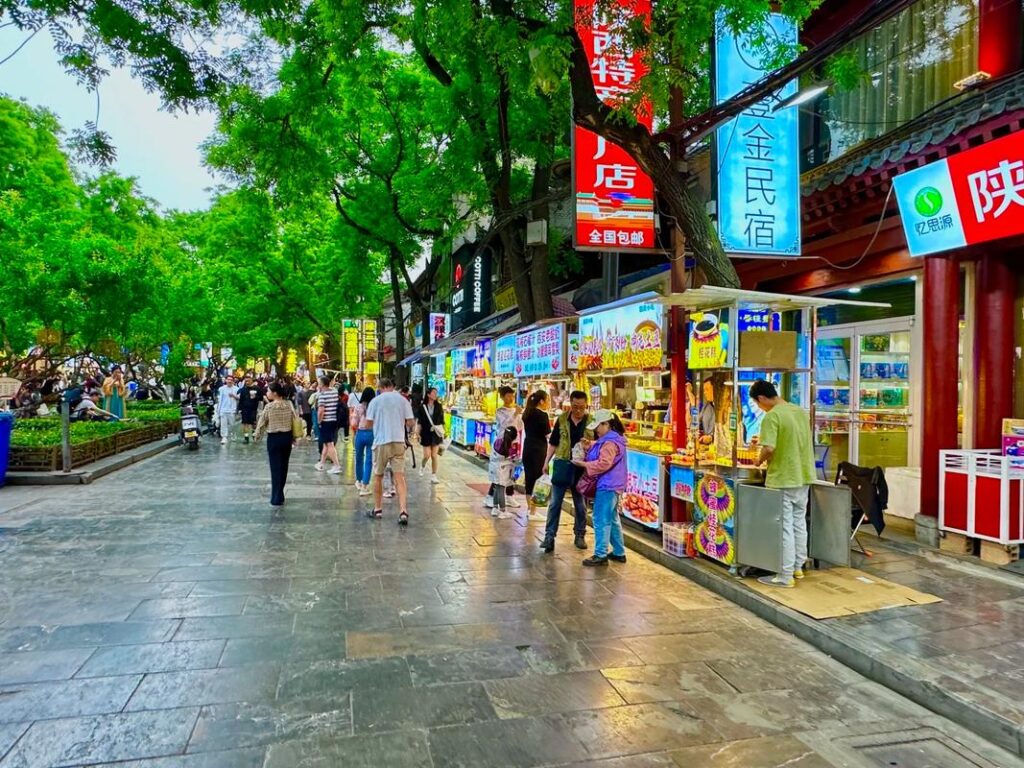
- Silk Road Superhub: Camel caravans from Persia (Iran) and Arabia trekked 4,000 miles to trade spices/gems for silk/porcelain.
- Open-Door Policy: Emperor Taizong declared: “Let foreign guests come and go freely.” Records show tens of thousands settled near the West Market.
- First Settlers: Persian merchant Saeed opened a spice shop; Arab doctor Hasan served the imperial court—they were Xi’an’s first Muslim ancestors.
At the Great Mosque in Huajue Alley, you’ll see 1,300-year-old stone tablets carved with Arabic: “There is no god but Allah”—proof of faith taking root.
Chapter 2: Mongol-Era Blending (13th Century)
Genghis Khan’s conquests reshaped Asia:
- Muslim Soldiers: Central Asian Muslims (called Semu) in Mongol armies garrisoned Xi’an, creating waves of migration.
- Official Respect: Kublai Khan established Muslim affairs offices; Xi’an’s mosques grew to 17.
- Cultural Mix: Persian astronomy tools appeared in schools; Arabic medicine entered local texts; Uyghur nang bread shared tables with Chinese burgers (roujiamo).
See for yourself: At Daxuexi Alley Mosque, note the Chinese glazed roofs paired with Arabic arches—a perfect symbol of cultural fusion.
Chapter 3: Becoming “True Locals” (14th–19th Century)
Muslims evolved from guests to “Old Xi’aners”:
- Chinese Surnames: Ming Dynasty’s founding emperor gave Muslim generals Han surnames like Chang, Ma, and Mu (still common today).
- Trade Masters: Muslims dominated the fur trade. “Sheep Street” (today’s Xiyangshi) became China’s largest wool market.
- Living Language: Hear Muslims say “Zhigan” (Thanks to God) or “Koudao” (Please eat)? These are Arabic words preserved in Shaanxi dialect!
Chapter 4: Why Xi’an? Geography & History Aligned
Three key reasons:
- End of the Road: Exhausted Silk Road caravans rested here for months.
- Wheat Paradise: The fertile Guanzhong Plain grew perfect wheat for Muslim staples (try the pita bread or crispy cakes!).
- Safe Haven: Inland Xi’an avoided coastal trade bans during Ming/Qing dynasties.
Chapter 5: A Living Museum Today
Experience seven centuries of history in a day:
- 5:30 AM: White-capped elders walk to mosques for dawn prayers.
- 10:00 AM: “Old Mi’s” restaurant simmers lamb stew in century-old pots with Arabic patterns.
- 3:00 PM: Arabic calligraphy and Chinese “Qing Zhen” (Halal) signs hang side-by-side at Small Pi Alley Mosque.
- 8:00 PM: Uyghur chef Adil grills lamb while chatting in fluent Shaanxi dialect.
By the numbers: Xi’an has 70,000 Muslims and 68 mosques—13 built in Mongol/Ming times. No Chinese city this far inland has a larger Muslim community!
Why This Matters to You
As you nibble rose-flavored rice cakes near the Drum Tower, consider:
- Commerce Connects: Silk Road traders carried not just goods, but cultures.
- Diversity Strengthens: From Tang Dynasty markets to modern policies, Xi’an proves variety fuels vitality.
- Food Is History: That spicy meatball soup? It’s a 1,000-year conversation between Persian spices and Chinese peppercorns.
At the Muslim Quarter’s entrance, a bilingual sign reads: “Model Street of Community Harmony.” This isn’t just a slogan—it’s proof that Xi’an’s Muslims aren’t outsiders, but vital threads in China’s cultural fabric.
Bring home some halal mung bean cakes. Their gentle sweetness mirrors Xi’an’s Muslim story: seeds from afar took root in local soil, becoming something uniquely wonderful.
Quick Guide for American Visitors
| What You See | Cultural Key | Try This! |
|---|---|---|
| Chinese-style mosques | Blended architecture | Admire phoenix murals at Great Mosque |
| White caps on elders | Traditional male headwear | Hear Quran readings at Dapiyuan Mosque |
| Night market grills | Persian techniques + local ingredients | Order lamb skewers (say “less spicy!”) |
| Arabic shop signs | Sacred script = business integrity | Spot the “teapot” halal symbol |

